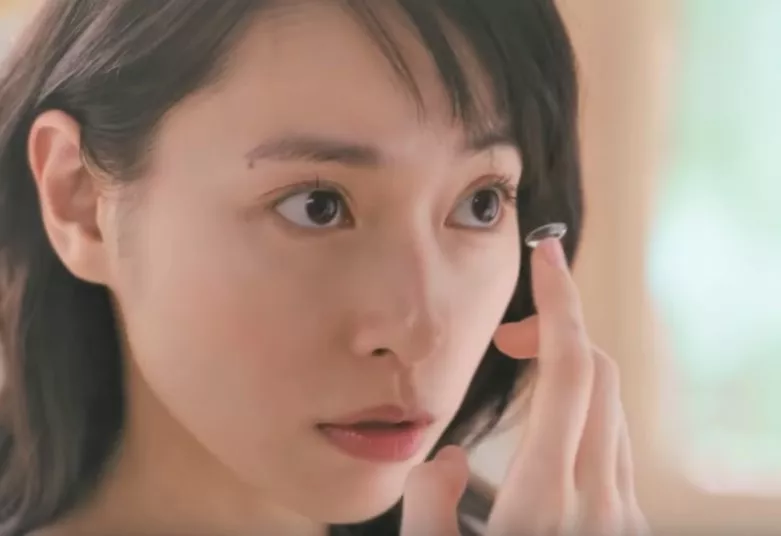Jun 27, 2023

Three main reasons why contact lenses won’t stay on:
Wearing contact lenses for an extended period can cause corneal hypoxia, leading to swelling on the surface of the eye. This changes the curvature of the eyeball, making it difficult to wear the lenses.
How to identify if this is the cause? Common symptoms include excessive tearing, difficulty in wearing lenses, and red, swollen eyes that require switching to regular glasses.
Dry eye syndrome is not only caused by autoimmune diseases like Sjögren's syndrome but can also result from reduced tear production due to aging or meibomian gland dysfunction, leading to inadequate oil secretion in the eyes. When eyes are too dry, it becomes uncomfortable, and the tears become sticky, making it unsuitable for wearing contact lenses.
Many people believe that higher water content in contact lenses makes eyes more moisturized and comfortable, but high-water-content lenses actually draw moisture from the eyes to maintain their water levels. For people with insufficient tear production, high-water-content lenses can lead to even drier and more uncomfortable eyes.
Dr. Lü Da-Wen suggests making the following three changes:
Reduce the time you wear contact lenses
It’s best not to wear contact lenses for more than 8 hours a day. In some special cases, it may be permissible to wear them for up to 12 hours. When outside, it’s recommended to carry a pair of framed glasses and switch to them after the recommended time. This will help prolong the overall lifespan of your contact lenses.
Use artificial tears moderately
Since contact lenses need some moisture for lubrication, if your eyes are too dry, the lenses may not adhere well. It is advised to use artificial tears in moderation, but it's best to choose tears that mimic natural tear components to ensure long-lasting moisture.
Choose contact lenses that match your eye’s water needs
Although high-water-content lenses seem to provide clearer vision, people with drier eyes may be better off using lenses with lower water content. This prevents the lenses from absorbing too much moisture from the eyes, avoiding further dryness.
